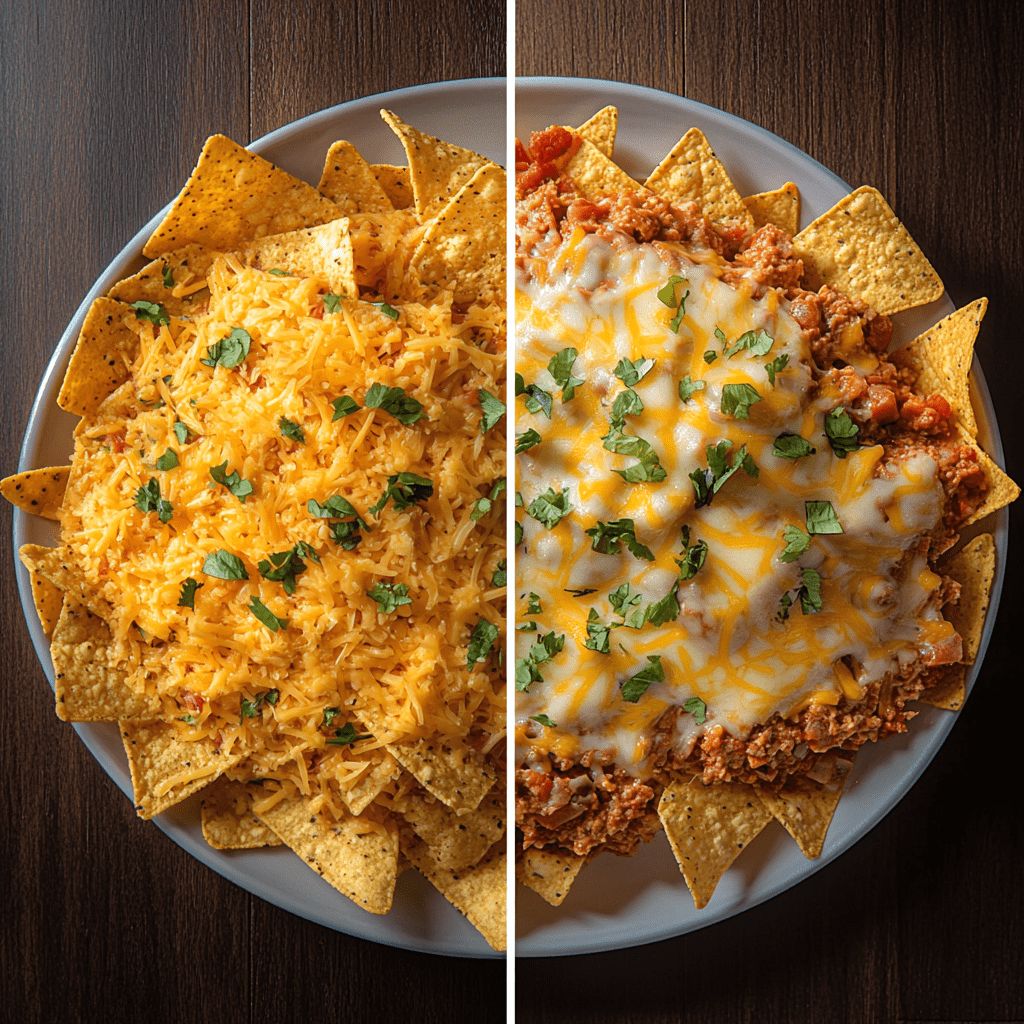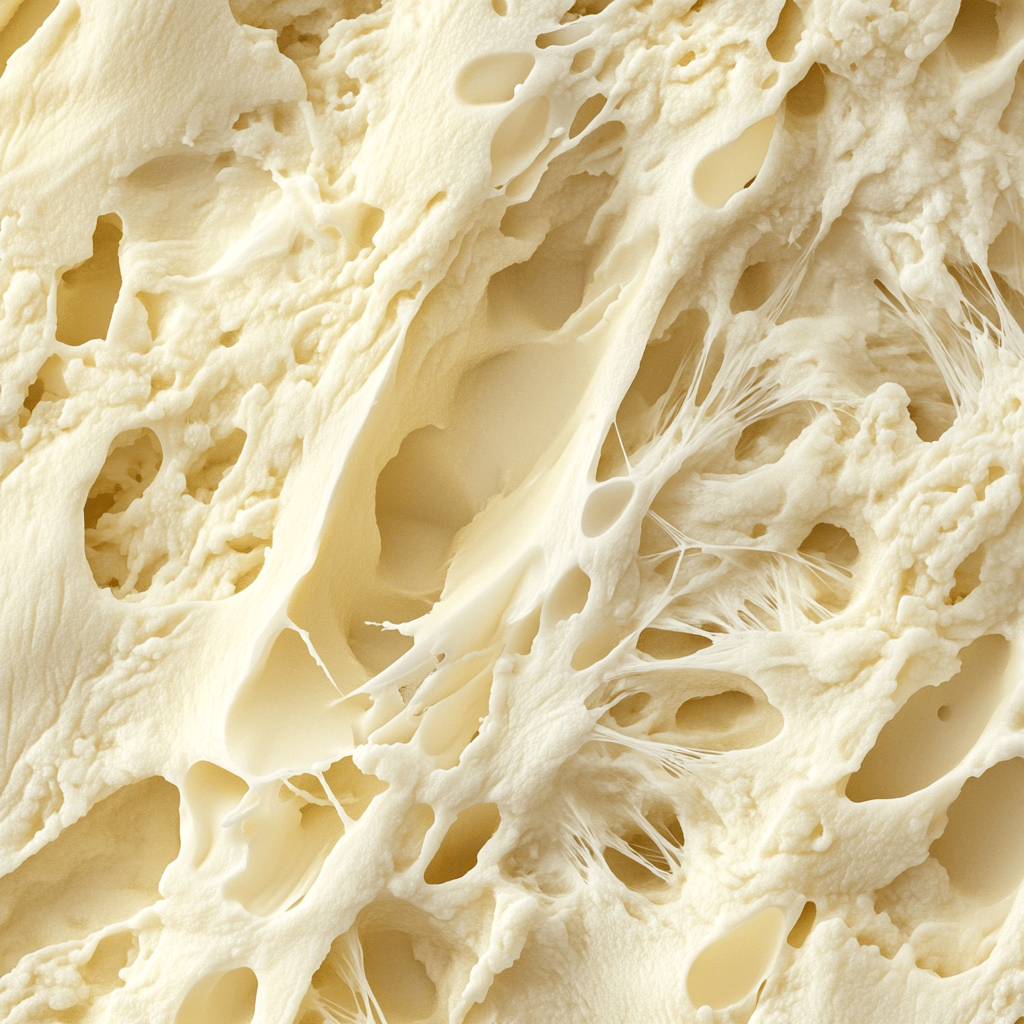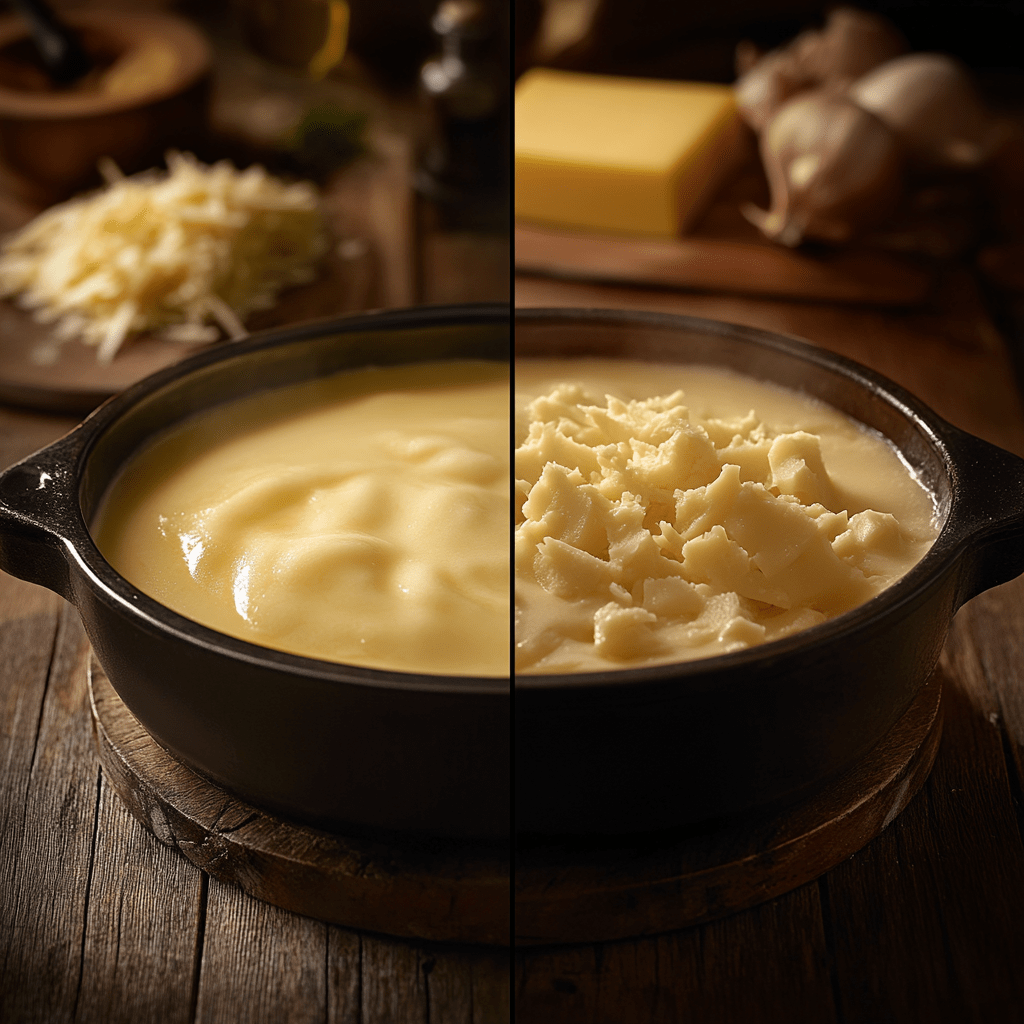Picture this: You’re standing in the dairy aisle, eyeing that tempting bag of pre-shredded cheddar. It’s convenient, it’s quick, and it promises to save you precious minutes in the kitchen. But before you toss it into your cart, let’s talk about why that bag of ready-to-go cheese might be the worst decision you make for your taste buds and your wallet.
The Anti-Caking Caper
Ever wonder why those shreds in the bag don’t stick together like a cheesy mosh pit? It’s not magic—it’s science, and not the good kind. Pre-shredded cheese is coated with anti-caking agents like potato starch, powdered cellulose, and sometimes even wood pulp. Yes, you read that right—wood pulp. These additives are there to prevent the cheese from clumping, but they’re also messing with your cheese’s mojo.
These powdery party poopers create a barrier around each shred, which means when you’re trying to achieve that perfect, gooey melt for your grilled cheese or pizza, you’re fighting an uphill battle. Block cheese, on the other hand, melts like a dream because there’s nothing standing between you and pure, unadulterated cheesy goodness.
Flavor Faux Pas

Let’s talk taste, because that’s why we’re all here, right? Those anti-caking agents we mentioned earlier? They’re not just affecting texture—they’re putting a damper on flavor too. When you shred cheese from a block, you’re releasing aromatic compounds that contribute to its complex flavor profile. Pre-shredded cheese, however, has been sitting in a bag, its flavors muted by its powdery coat.
Think of it like this: would you rather eat a freshly baked cookie or one that’s been sitting in a bag coated with anti-staling agents for weeks? The choice is clear. For the best flavor experience, grating your own cheese is the way to go. Your taste buds will thank you, and your dishes will sing with cheesy perfection.
The Moisture Mystery
Here’s a cheesy riddle for you: What’s drier than a dad joke at a family barbecue? Pre-shredded cheese, that’s what. When cheese is shredded and packaged, it’s exposed to more air, which leads to moisture loss. This might not seem like a big deal, but it affects everything from texture to shelf life.
Freshly shredded cheese from a block retains its natural moisture, giving you that perfect balance of creaminess and bite. It’s the difference between a mac and cheese that’s silky smooth and one that’s grainy and disappointing. Don’t let your cheese dreams dry up—stick with the block and shred your way to moisture magnificence.
The Mold Menace

Let’s address the fuzzy elephant in the room: mold. It’s a natural part of the cheese-making process for some varieties, but when it comes to your average cheddar or mozzarella, it’s not exactly a welcome guest. Pre-shredded cheese often contains natamycin, an antifungal agent that keeps mold at bay. While it’s considered safe, do you really want to add another unnecessary ingredient to your food?
Block cheese, when properly stored, can last just as long—if not longer—than its pre-shredded counterpart. Plus, if a small spot of mold does appear, you can simply cut it off and enjoy the rest. With pre-shredded cheese, one moldy shred means the whole bag is a goner. It’s time to say goodbye to the mold-inhibitors and hello to natural cheese preservation techniques.
The Cost Conundrum
At first glance, that bag of pre-shredded cheese might seem like a bargain. But look closer, and you’ll see you’re paying a premium for convenience. When you buy block cheese and shred it yourself, you’re getting more bang for your buck—and more cheese for your cheddar, if you will.
Consider this: the cost of block cheese is often lower per pound compared to pre-shredded varieties. Plus, you’re not paying for all those extra additives and processing. It’s simple cheese-conomics: block cheese is the better value, giving you higher quality at a lower price point. Your wallet and your palate will both appreciate the savvy decision.
The Melting Pot Predicament

Imagine this: You’re hosting a fondue night, and your cheese refuses to melt into that smooth, luxurious pool of goodness. Instead, you’re left with a clumpy, separated mess that looks more like curdled milk than the velvety dip you envisioned. This kitchen nightmare is often the result of using pre-shredded cheese.
The anti-caking agents in pre-shredded cheese don’t just affect flavor and texture—they can wreak havoc on your melting dreams. These additives interfere with the cheese’s ability to melt evenly, often resulting in a grainy or oily separation. For dishes where melted cheese is the star (think queso, fondue, or the perfect grilled cheese), shredding your own cheese is non-negotiable. Your taste buds, and your dinner guests, will thank you.
The Freshness Fiasco
Fresh is best—it’s a mantra that applies to most foods, and cheese is no exception. When you buy a block of cheese and shred it yourself, you’re guaranteeing the freshest possible product. Pre-shredded cheese, on the other hand, could have been sitting in that bag for weeks, slowly losing flavor and moisture.
Think about it: from the moment cheese is shredded, it starts to lose quality. By the time it reaches your kitchen, it’s a shadow of its former self. When you shred cheese just before using it, you’re releasing those lovely aromatic compounds at their peak, ensuring maximum flavor in every bite. It’s the difference between a symphony and a single note—why settle for less when cheese greatness is just a grater away?
The Texture Tussle
Texture in food is crucial—it’s what separates a good dish from a great one. Pre-shredded cheese, with its anti-caking coating, can rob your dishes of that perfect texture you’re aiming for. Whether you’re sprinkling it on a salad or incorporating it into a sauce, the powdery coating can lead to a grainy mouthfeel that’s about as pleasant as finding sand in your sandwich.
Freshly shredded cheese, however, gives you control over the texture. Want fine shreds for a delicate sauce? No problem. Chunky pieces for a rustic pizza topping? You got it. With block cheese, you’re the master of your cheese destiny, able to customize the texture to suit your culinary vision. Don’t let pre-shredded cheese dictate the texture of your dishes—take control and shred for success.
The Variety Vexation
Variety is the spice of life, and when it comes to cheese, the possibilities are endless. But walk down the pre-shredded cheese aisle, and you’ll find your options are surprisingly limited. Sure, you’ve got your basics covered—cheddar, mozzarella, maybe a Mexican blend if you’re lucky. But what about that aged Gouda, that crumbly Cotija, or that tangy Gruyère?
When you opt for block cheese, you open up a world of cheesy possibilities. From funky blues to nutty alpine cheeses, the cheese counter is your oyster (or should we say, your cheese cave?). Experimenting with different cheeses can elevate your dishes from good to gourmet. Don’t let the pre-shredded section limit your cheese horizons—break free from the bag and explore the wonderful world of cheese in all its blocky glory.
The Health Hullabaloo
While cheese isn’t exactly a health food, it does have nutritional benefits—calcium, protein, and various vitamins and minerals. But when you opt for pre-shredded cheese, you’re not just getting cheese—you’re getting a cocktail of additives that your body doesn’t need.
Some of these additives, like cellulose (aka wood pulp), are indigestible fibers that add bulk without nutritional value. Others, like natamycin, are antimicrobials that, while considered safe, are still unnecessary additives in your diet. By shredding your own cheese, you’re ensuring that what you’re eating is just cheese—nothing more, nothing less. It’s a small step towards cleaner eating that doesn’t require sacrificing flavor or convenience.


